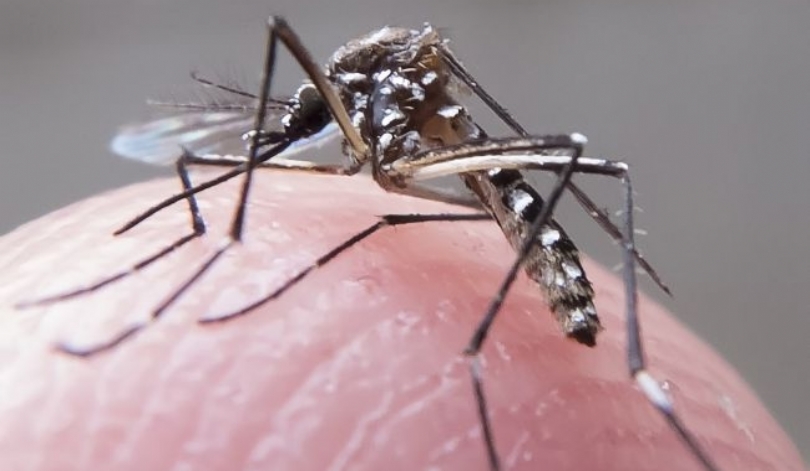In social networks, the invasion and attack of Morisocas in São Luis was widely commented on. to me Imirante.comMacário Rabêlo, PhD in Biological Sciences and Professor at the Department of Biology at the Federal University of Maranhão (UFMA), Macário Rabêlo, explains that the arrival of the rainy season in the capital is the main reason for the appearance of a large number of muriçocas due to the accumulation of water in certain locations.
“Since mosquitoes, in general, are aquatic insects, it is natural that at the beginning of the rainy season, due to the emergence of many breeding sites to collect water, mosquitoes develop,” explains the professor.
Also according to the Doctor of Biological Sciences, the invasion of Morisocas in the capital is temporary. Macário Rabêlo says the peak incidence is when the rains are heavy, such as those recorded in recent days.
“If the rains have been heavy this year, and are now more severe in January and February, these breeding sites are later disturbed by floods, which reduces the spread of mosquitoes, at least in certain areas. In those areas that don’t experience much flooding,” says Macario. The invasion continues.”
The UFMA Department of Biology professor also explains that mosquitoes are present throughout the year and that many are formed in the home environment due to water accumulating in buckets, tanks and barrels but at a low frequency. However, when the rainy season arrives, breeding sites are formed in streets, in empty spaces, small streams and ditches and their spread increases.
health risks
The Doctor of Biological Sciences also explains that Morisococcus can in some cases transmit elephantiasis, a disease caused by a parasite transmitted by the bite of a mosquito, which leads to inflammation of the lymphatic system, causing the patient to develop a large swelling. (also known as edema) in your extremities and in areas such as your breasts and scrotum.
“Moroccoa bothers people’s comfort a lot. The male makes annoying noises, and the female stings. The female can transmit some pathogens, but the main disease that the Moricoca transmit is elephantiasis, a type of filariasis. In São Luis and all over Maranhão, this disease is not uncommon. ‘,” says the UFMA professor.
protection
One of the ways that people prevent themselves from getting bitten by Morisocas is by using mosquito repellent. The advice is to apply the product to all exposed areas, not forgetting the face, the back of the hands, and also the ears. Another recommendation is to make a homemade repellent, put a eucalyptus stone inside an alcohol bottle and spray it on the exposed areas.
In a note, the São Luis Municipal Health Department said it has stepped up spraying procedures by smoke cars to combat the spread of the disease.
Read the full note:
The Municipal Health Department (Semus) has reported that it has stepped up spraying procedures with smoke cars to combat the spread of the Culex mosquito (muriçoca). Simos confirms that it has cars in several districts, divided by regions and at the times predetermined by the coordination of epidemiological and sanitary surveillance. In addition, the Department of Public Works and Municipal Services (Semosp) has already expanded cleaning trenches and galleries that are favorable places for mosquitoes to emerge. In parallel with these measures, Semus is advising health workers so that, during home visits, they can boost residents’ demand for cleaning tanks, water tanks and containers that can be breeding areas for Culex and Aedes mosquitoes. The latter causes dengue fever and others. diseases.



![[VÍDEO] Elton John’s final show in the UK has the crowd moving](https://www.lodivalleynews.com/wp-content/uploads/2023/06/Elton-John-1-690x600.jpg)


More Stories
The Director of Ibict receives the Coordinator of CESU-PI – Brazilian Institute for Information in Science and Technology
A doctor who spreads fake news about breast cancer is registered with the CRM of Minas
The program offers scholarships to women in the field of science and technology